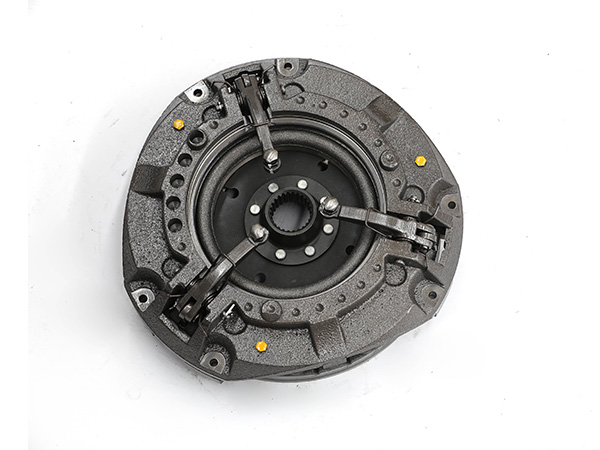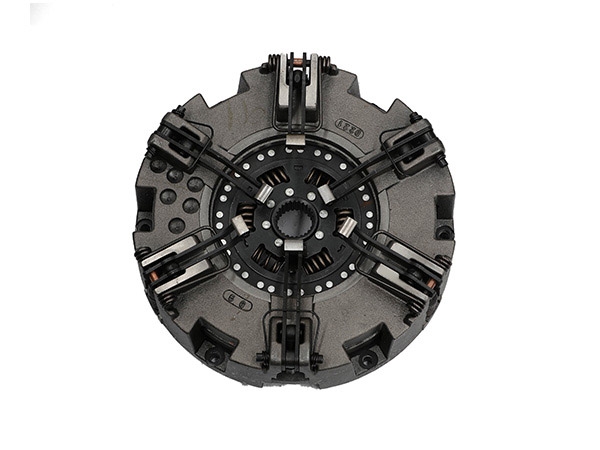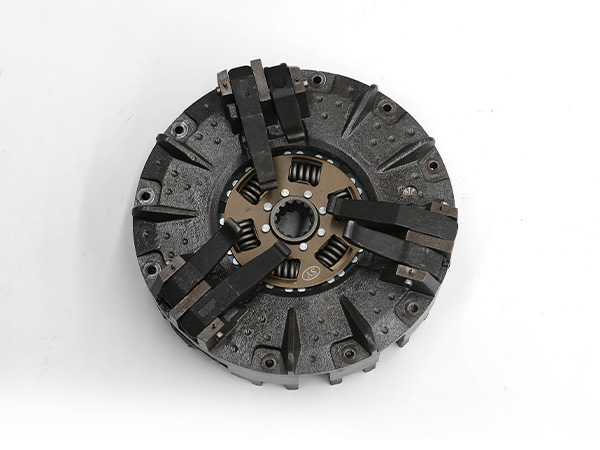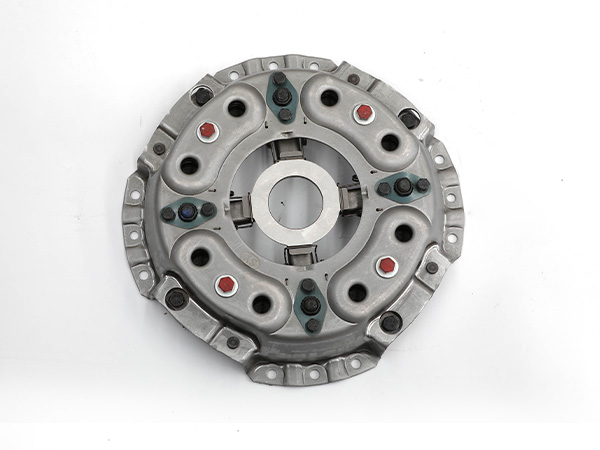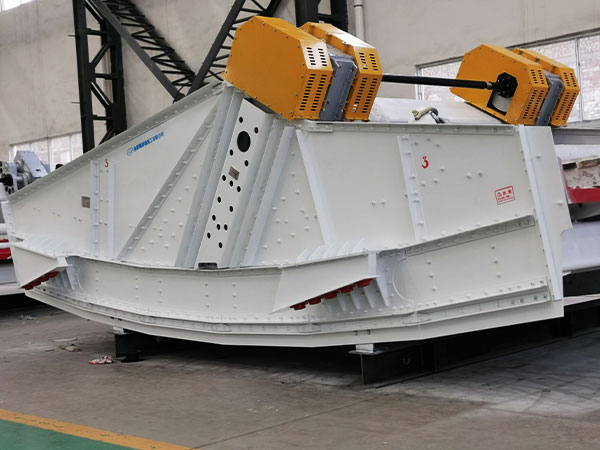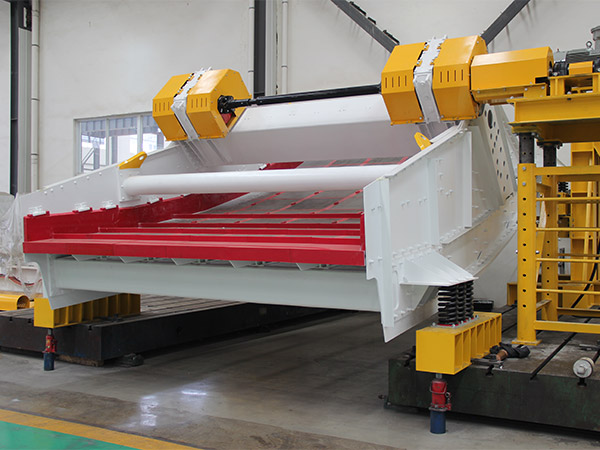Conveyors are mechanical devices used to transport materials from one point to another within a facility or between different locations. There are several types of conveyors, each designed for specific applications and industries.
Conveyors types
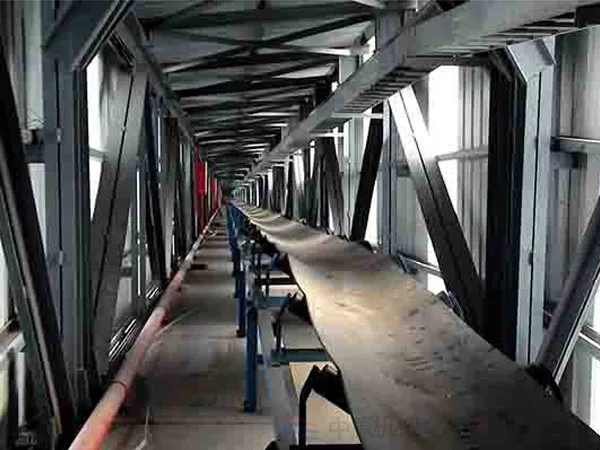
Belt Conveyors
Consist of a continuous belt that moves over a series of rollers or drums.
Used for transporting bulk materials, such as grains, coal, ore, and packaged goods.
Roller Conveyors
Utilize a series of rollers to move items along a path.
Often used for handling heavy loads or in applications where items need to accumulate.
Chain Conveyors
Feature a chain that runs along a set of sprockets to move materials.
Suitable for heavy-duty applications and the transportation of pallets.
Screw/Auger Conveyors
Consist of a rotating helical screw blade within a tube, used to move bulk materials horizontally or at a slight incline.
Commonly used in agriculture, construction, and industrial settings.
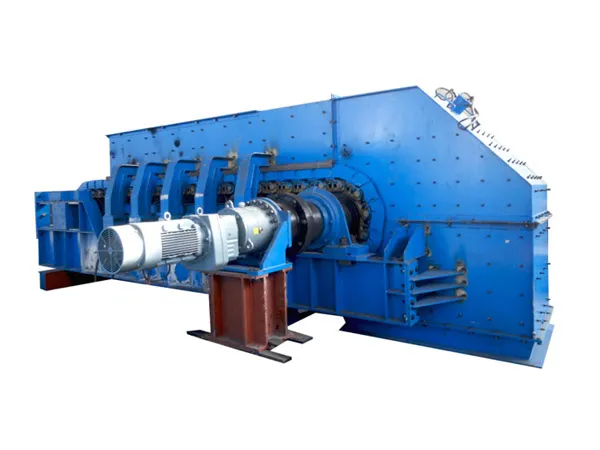
Bucket Elevators
Employ buckets attached to a rotating chain or belt to elevate materials vertically.
Commonly used for lifting bulk materials, such as grains or aggregates.
Vibrating Conveyors
Use vibratory motion to move materials along a trough.
Suitable for applications where gentle conveying or handling of fragile materials is required.
…
More detailed information about conveyor types can be found here: https://www.zymining.com/en/a/news/conveyor-types.html




